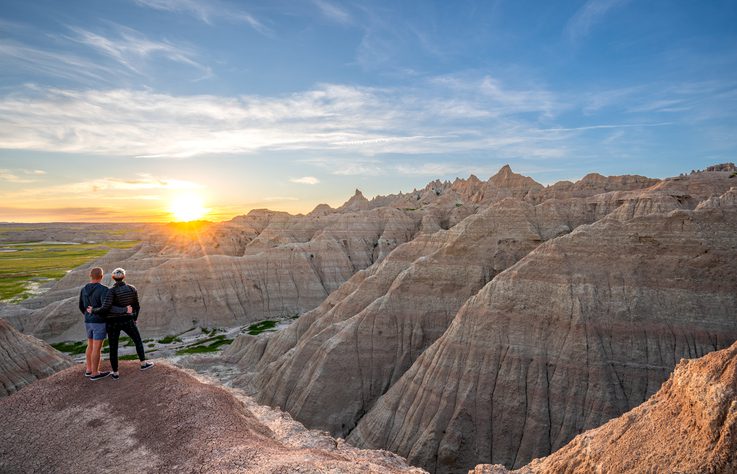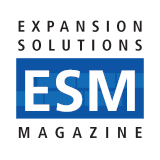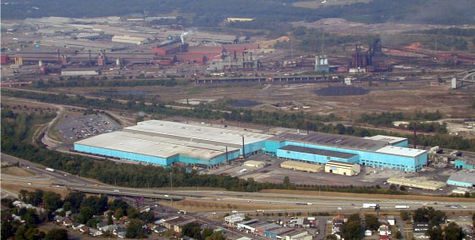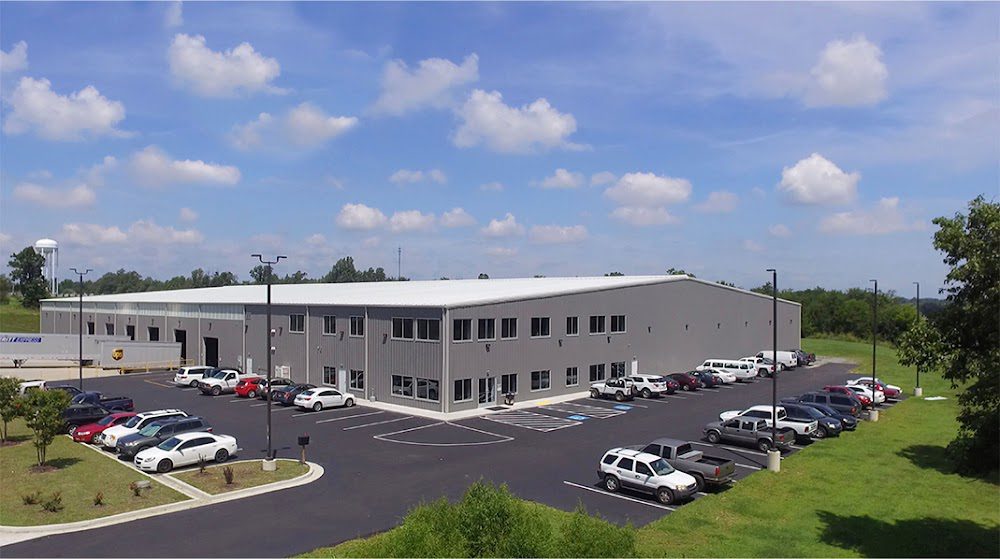South Dakota stands at a pivotal moment in its economic journey.
With a legacy of resilience, a workforce known for its dedication, and a strategic vision for the future, the state is poised to build on its reputation as a hub for opportunity. The South Dakota Economic Development 2025-2026 Strategic Plan, spearheaded by the Governor’s Office of Economic Development (GOED), outlines a comprehensive approach to fostering sustainable growth, attracting investment, and empowering communities across the state. This article delves into the plan’s key priorities, strategies, and initiatives, highlighting how South Dakota aims to lead the nation in economic development over the next two years.
A Foundation for Success
South Dakota has long been recognized for its business-friendly environment, low taxes, and natural beauty, which together create a unique appeal for companies and entrepreneurs. According to the GOED, the state’s mission is to expand job opportunities, retain and grow existing businesses, and attract new enterprises. This mission forms the backbone of the 2025-2026 Strategic Plan, which builds on recent successes such as the Infrastructure First project and the Digital Opportunity Plan.
The Infrastructure First project, completed in 2022, identified 19 high-impact development sites and assisted 16 small communities in creating tailored Capital Improvement Plans (CIPs). These efforts have laid a strong foundation for economic growth by equipping communities with the tools to attract investment and plan for sustainable development. Meanwhile, the South Dakota Digital Opportunity Plan, part of the broader Digital Equity Act Program, aims to bridge the digital divide by ensuring all residents have access to the skills and technology needed to thrive in a digital economy. By maximizing federal funding, the state is working to preserve its way of life while enabling small towns to compete in the 21st century.
Leadership and Vision
The 2025-2026 Strategic Plan is guided by a leadership team committed to collaboration and innovation. Governor Larry Rhoden, who assumed office in January 2025, brings a wealth of experience from his time as lieutenant governor and his background in agriculture and community service. Alongside him, GOED Commissioner Bill Even and Deputy Commissioner Joe Fiala lead the charge in economic development. Fiala, who has been with GOED since 2012, has played a key role in projects totaling billions in capital investment and thousands of jobs, making him a vital asset in shaping the state’s economic future.
The plan emphasizes transparency and engagement with stakeholders, a priority reflected in GOED’s ongoing efforts to work with state agencies, local communities, and private partners. This collaborative approach ensures that the strategic plan is not just a top-down initiative but a shared vision for South Dakota’s prosperity.

Key Priorities for 2025-2026
The South Dakota Economic Development 2025-2026 Strategic Plan focuses on several key priorities to drive growth:
- Targeted Industry Growth: South Dakota has identified three targeted industries for growth: Bioscience, Financial Services, and Value-Added Agriculture. These sectors align with the state’s strengths, including its research capabilities, business-friendly climate, and agricultural heritage. The plan aims to attract companies in these industries by offering incentives, workforce development programs, and access to prime development sites. For example, the GOED Board of Economic Development recently approved projects worth over $419 million in capital expenditures in April 2025, creating 180 full-time jobs across the state. These investments underscore South Dakota’s commitment to fostering innovation and economic diversity.
- Infrastructure and Community Development: Building on the success of the Infrastructure First project, the 2025-2026 plan prioritizes continued investment in infrastructure. This includes identifying new development sites and supporting communities with populations under 5,000 in creating actionable CIPs. The goal is to ensure that rural areas are equipped to attract businesses and sustain growth. Additionally, the plan emphasizes regional planning through Comprehensive Economic Development Strategies (CEDS), which will help coordinate efforts across different parts of the state.
- Digital Equity and Connectivity: The Digital Opportunity Plan remains a cornerstone of South Dakota’s economic strategy. By 2026, the state aims to expand access to high-speed internet, digital skills training, and technology resources, particularly in underserved areas. This initiative not only supports economic development but also enhances education, healthcare, and quality of life for residents. The ConnectSD program, which provides updates and funding opportunities, will play a key role in achieving these goals.
- Workforce Development and Education: A skilled workforce is critical to South Dakota’s economic success. The 2025-2026 plan includes partnerships with educational institutions and the private sector to expand STEM (science, technology, engineering, and mathematics) education and training programs. Building on the work of SD EPSCoR, which has invested $64.5 million in STEM research and education from 2018 to 2022, the state aims to prepare its workforce for high-demand industries like bioscience and financial services. Apprenticeship programs and vocational training will also be expanded to meet the needs of growing businesses.
- Business Retention and Expansion: The GOED continues to support existing businesses through flexible loan programs, tax incentives, and resources for expansion. The 2025-2026 plan includes a focus on business succession planning to ensure that family-owned companies can thrive across generations. Additionally, the state will recruit out-of-state businesses by showcasing its low cost of doing business, quality of life, and access to markets.
Actionable Strategies and Initiatives
To achieve these priorities, the 2025-2026 Strategic Plan outlines several actionable strategies:
- Governor’s Conference on Economic Development: The 2025 conference, held in February, set the tone for the year with its theme, Planting Seeds. The event brought together economic developers, businesses, and community leaders to network, share insights, and celebrate achievements like the Community of the Year and Excellence in Economic Development Award recipients. The 2026 conference will build on this momentum, focusing on implementation and measurable outcomes.
- Funding and Investment: The GOED Board of Economic Development and the Economic Development Finance Authority (EDFA) will continue to approve projects that drive job creation and capital investment. In January 2025, the board approved $88 million in projects, creating 45 full-time jobs, including the construction of an upscale pet daycare facility in Rapid City. Similar initiatives will be prioritized in 2025-2026 to stimulate growth across diverse sectors.
- Regional Collaboration: The plan emphasizes regional planning through CEDS and partnerships with organizations like ISG, which has expertise in infrastructure and economic development. By working together, South Dakota’s regions can leverage their unique strengths to attract investment and create jobs.
Looking Ahead
The South Dakota Economic Development 2025-2026 Strategic Plan is a testament to the state’s forward-thinking approach. By focusing on targeted industries, infrastructure, digital equity, workforce development, and business growth, South Dakota is positioning itself as a leader in economic development. The plan’s emphasis on collaboration ensures that all stakeholders—government, businesses, and communities—have a role to play in shaping the state’s future.
As Governor Rhoden stated, “South Dakota continues to lead the nation in economic growth, and I’m committed to ensuring our state remains a place where businesses can thrive and families can prosper.” With the 2025-2026 Strategic Plan as its roadmap, South Dakota is ready to turn this vision into reality, creating a brighter, more prosperous future for all its residents.





